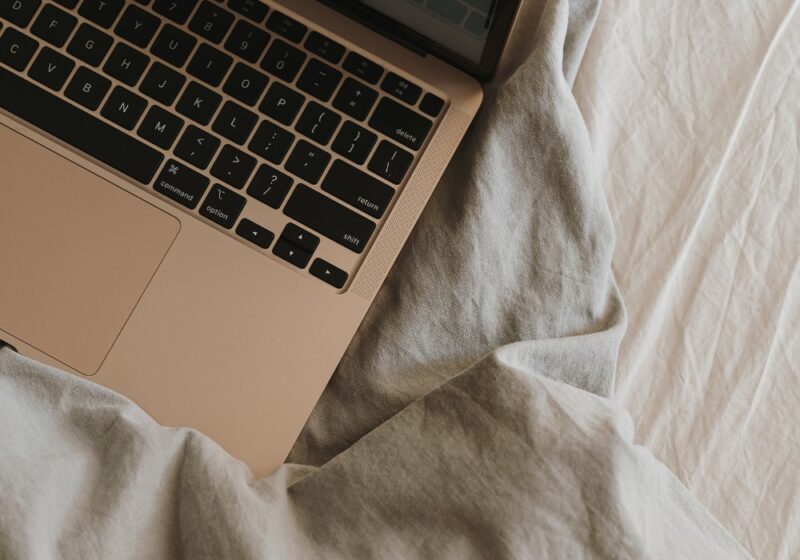In today’s fast-paced world, entrepreneurs and small business owners often find themselves wearing multiple hats to keep their operations running smoothly. While this level of multitasking may work in the early stages, as the business grows, so do the demands on your time and energy. This is when the services of a virtual assistant (VA) become invaluable. But before diving into the hiring process, you must assess whether your business is ready for a virtual assistant and if you, as the business owner, are prepared to manage one effectively. Knowing when it’s time to hire a virtual assistant for your business is something you need to understand.
Understanding Your Business’s Needs
Before considering hiring a virtual assistant, it’s crucial to have a clear understanding of your business’s needs and objectives. This involves assessing the areas of your business that are consuming a significant amount of your time and energy. These tasks could range from administrative duties such as email management and scheduling to more specialized tasks like social media management or content creation.
Take the time to identify tasks that are essential for the growth of your business but are not necessarily the best use of your skills and expertise. These are the tasks that can be delegated to a virtual assistant, allowing you to focus on high-impact activities that drive the business forward.
Establishing Systems and Procedures
Before bringing a virtual assistant on board, it’s essential to have systems, automations, and standard operating procedures (SOPs) in place. These processes serve as the foundation for effectively delegating tasks and ensuring consistency in your business.
Start by documenting your existing workflows for key business activities. This could include how you handle customer inquiries, onboarding clients, or manage your social media presence. By documenting these processes, you create a roadmap that your virtual assistant can follow, ensuring that tasks are completed accurately and efficiently.
In addition to documenting workflows, it’s important to leverage technology and automation. Implementing automations ensures things are getting done exactly how we want them done, but it also allows your VA to do other things in your business that cannot be automated. For example, email automation tools can help manage your inbox more efficiently, while project management platforms can facilitate collaboration and task delegation.

Signs It’s Time to Hire a Virtual Assistant
Now that you have a solid understanding of your business’s needs and have established systems and procedures, how do you know when it’s time to hire a virtual assistant? Here are some signs that indicate your business could benefit from additional support:
- Overwhelm and Burnout: If you find yourself consistently overwhelmed with the amount of tasks on your plate and experiencing burnout, it may be a sign that you need help. Delegating tasks to a virtual assistant can alleviate some of the pressure and free up your time to focus on growing your business.
- Inefficient Task Management: If you’re spending a significant amount of time on low-value tasks that could be delegated, that’s a clear indicator that you need assistance. A virtual assistant can handle routine administrative tasks, allowing you to allocate your time more effectively.
- Missed Opportunities: Are you missing out on growth opportunities because you’re too bogged down with day-to-day tasks? Whether it’s following up with leads, managing social media accounts, or coordinating projects, a virtual assistant can help ensure that nothing falls through the cracks.
- Inconsistent Customer Service: If you’re struggling to provide consistent and timely customer service due to competing priorities, it’s time to consider hiring a virtual assistant. They can handle customer inquiries, resolve issues, and ensure that your customers receive the attention they deserve.
- Plateaued Growth: If your business growth has plateaued because you’re stretched too thin, bringing a virtual assistant on board can provide the support needed to scale your operations. By offloading repetitive tasks, you can focus on driving growth and expanding your business.
Hiring and Managing a Virtual Assistant
Once you’ve recognized the need for a virtual assistant, the next step is finding the right candidate and effectively managing them. Here are some tips for a successful hiring and onboarding process:
- Define Roles and Expectations: Clearly outline the roles and responsibilities of the virtual assistant, including specific tasks they’ll be responsible for and any performance metrics or goals they need to achieve.
- Screening and Selection: Take the time to thoroughly screen potential candidates to ensure they have the skills and experience needed for the role. Consider factors such as communication skills, reliability, and cultural fit.
- Effective Communication: Establish clear channels of communication with your virtual assistant and set expectations for response times and availability. Regular check-ins via email, phone, or video conferencing can help ensure alignment and provide opportunities for feedback.
- Provide Training and Support: Invest time in training your virtual assistant on your business processes, systems, and expectations. Provide access to relevant resources and documentation to support their onboarding process. If you have your standard operating procedures (SOPs) in place, this will cut down on so much of your time.
- Delegate and Empower: Once your virtual assistant is onboarded, delegate tasks to them gradually, starting with less critical tasks and gradually increasing their responsibilities as they become familiar with your business.
- Feedback and Performance Management: Provide regular feedback to your virtual assistant on their performance and areas for improvement. Establish a performance review process to assess progress and address any concerns or issues that arise.
Hiring a virtual assistant can be a game-changer for entrepreneurs and small business owners looking to scale their operations and focus on high-impact activities. However, before making the leap, it’s essential to assess whether your business is ready for a virtual assistant and ensure that you have the necessary systems, automations, and standard operating procedures in place. By taking the time to define your business’s needs, establish clear processes, and effectively manage your virtual assistant, you can unlock the full potential of this valuable resource and propel your business to new heights of success.
If you’re in the process of setting up your automations, systems, and SOPs and don’t know where to start, my Meeting Place Membership is perfect for you. Once you hire a VA, the membership will also be a great resource for them to learn and continue developing your business.
Join The Meeting Place Membership HERE.













